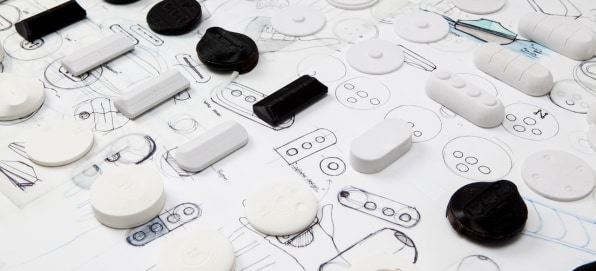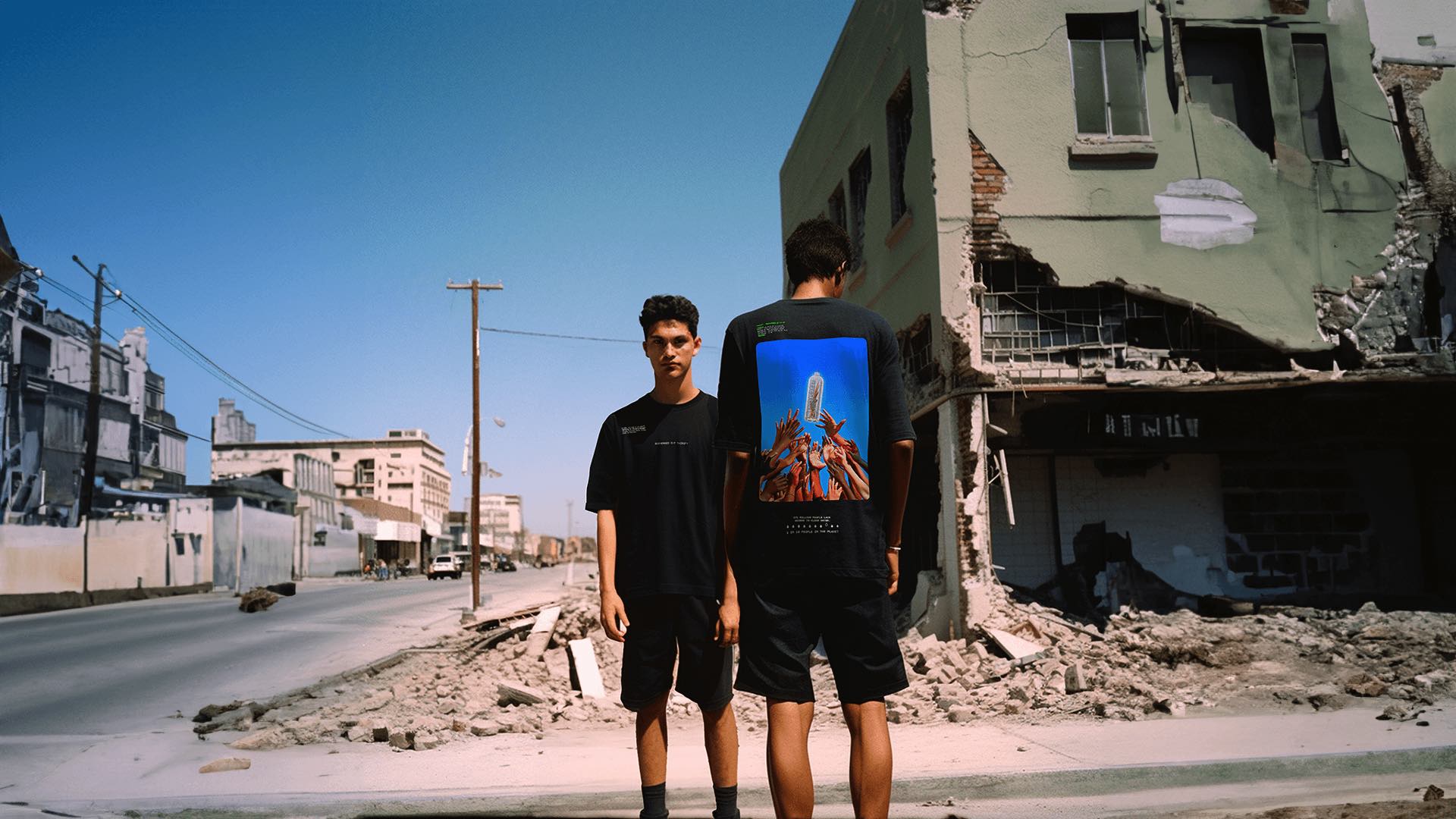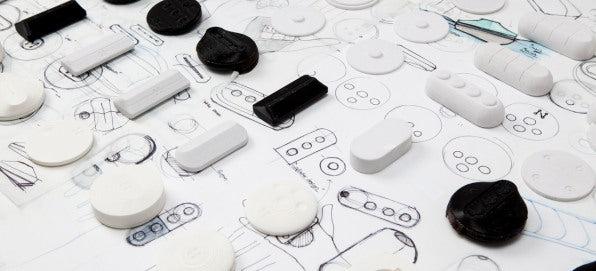At Highway1, a design accelerator based in San Francisco, startups have four months to transform a prototype into a market-ready product, develop a business plan, create a brand identity, and craft a manufacturing strategy. To ease the process, Highway1 pairs the young entrepreneurs in the program with seasoned pros from top design consultancies.
The startups that made it into the 2016 class–entrepreneurs have to apply to be part of the program–included Blumio, a medical device company that worked with Whipsaw on a blood pressure monitor; OBE, the maker of a wearable virtual reality controller, which received input from Astro; Sensassure, a senior-care company that worked with Ideo to develop a urinary incontinence product; and Calliope, a water-conservation company, which was paired with industrial designer Scot Herbst of Herbst Produkt Design.
We asked Ideo, Whipsaw, Astro, Scot Herbst, and Highway1 about their best advice for startups, the most meaningful advice they were ever given, and other words of wisdom for startups that want to hatch the next great product.

NORIO FUJIKAWA, CREATIVE DIRECTOR, AND BRETT LOVELADY, FOUNDER, ASTRO STUDIOS
Astro Studios worked with the startup OBE to develop a wearable virtual reality controller for gaming. Their collaboration yielded a sharp-looking jacket fitted with sensors that translate natural gestures and movements in the physical world to the virtual environment. Below, Norio Fujikawa and Brett Lovelady share their thoughts on designing wearables and for VR–two fast-growing design categories.
When it comes to VR, think about transitions:
“Time and again at Astro, we see amazing technological advancements in VR, but the applications to create total immersion are the most compelling aspects of VR and one of the biggest challenges,” Fujikawa says. “A truly immersive experience allows a user to shut out their real surroundings, to disregard what is happening around them, to transport them to a new virtual space. However, we are still real people once you shut down the system, remove the headset, and put down the controllers. We still have a physical existence outside the imaginary world of the machine. And the setup and transition times between worlds isn’t smooth or optimized yet. VR is currently a device- or technology-driven experience. If VR truly evolves to the next level of interaction it promises to be, the way we interact needs to evolve as well. And this is where OBE comes in.”
User confidence is an essential part of the experience:
“[Designers should] continue to push what we mean by wearable technology and not think of it as just a tool that we strap to our bodies,” says Lovelady. “Beyond the reality of fashion and comfort, people have to feel confident and not foolish for things they apply to their bodies, especially in social or public settings. There’s a reason most people don’t wear Bluetooth earphones–and it’s not the utility or technology, it’s the social stigma.”
Think about seamless utility:
“Most wearables must provide some level of utility to offset the hassle, awkwardness, or redundancy of using them in the first place,” Fujikawa says. “The more seamless, embedded, easy to use and to maintain a wearable, the longer the product will stay relevant and useful.”
On the best advice received:
“Design is point of view applied to enable the hopes and dreams of people, and our job as designers is to ultimately improve the human condition, to be the advocate for people, near and long term,” Lovelady says. “Regarding business, design is not art. It’s a commercial endeavor. So whatever you’re designing, build it to sell it. Otherwise YOU bought it.”
via FastCoDesign





